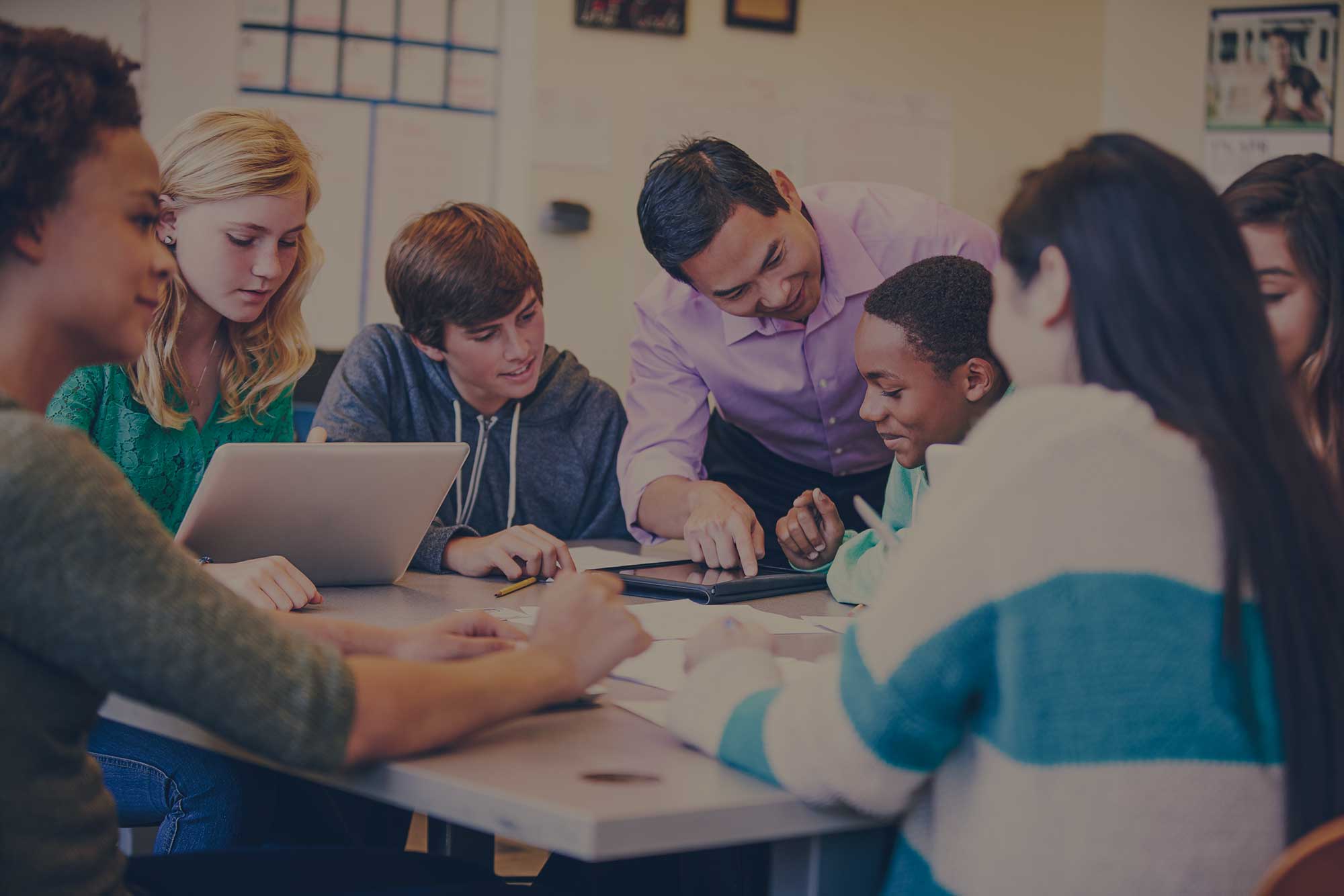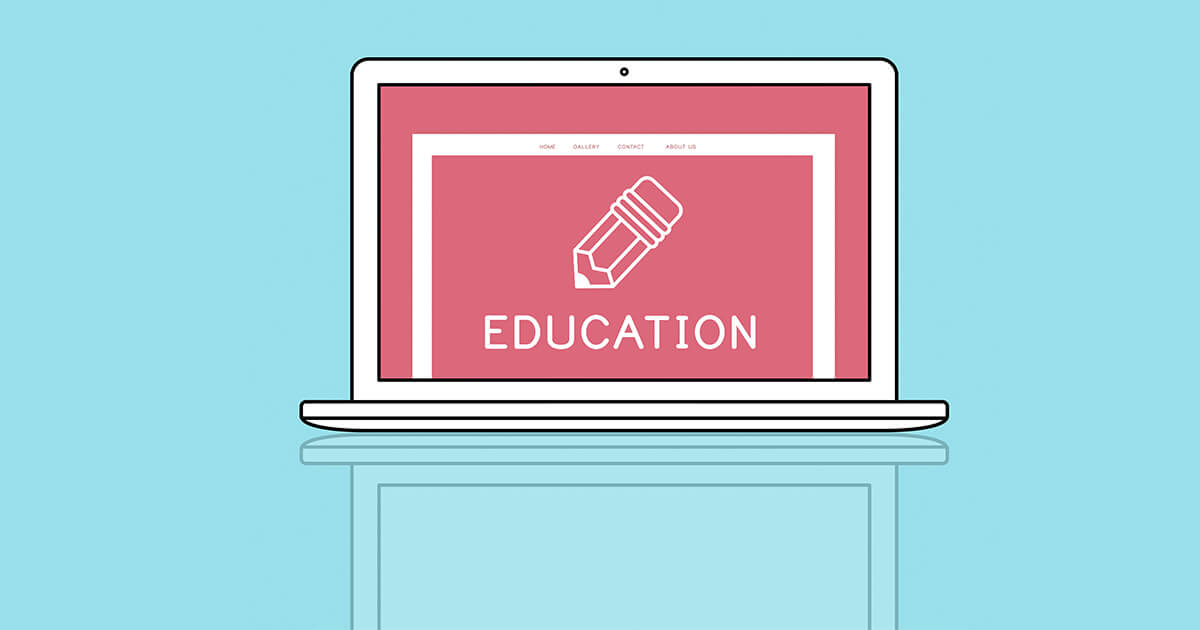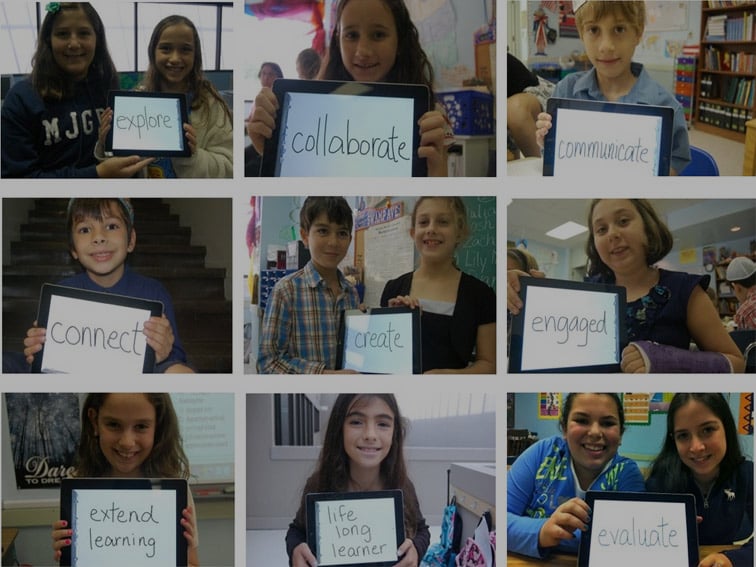
Integrating classroom technology in today’s schools isn’t optional, it’s something that needs to be done if you want your students to be prepared for the future. We are in the digital age and students must know how to properly and appropriately speak the language if they want to be successful.
In fact, according to the Bill and Melinda Gates Foundation 93% of teachers already use some form of classroom technology or digital tool while in class. It also brought to light the need for more innovations in digital educational tools, with 67% saying that they were “not fully satisfied with the effectiveness of the data or the tools for working with data.”
For teachers, the biggest challenge is how to effectively implement digital tools when most of you do not fully understand how they work. Familiarizing yourself with the software and equipment, as well as figuring out how to integrate them in lesson plans, are just few of the learning curves you have to go through.
This is where Google Classroom brings a ton of value. Part of Google Apps for Education, this classroom management platform was specifically designed to help teachers easily understand and integrate classroom technology by streamlining the process of going digital.
What is Google Classroom?
Google Classroom will help you create a virtual classroom space. While it is not a full-fledged learning management system, there are similar features to a typical LMS like Blackboard. Google Classroom works best in conjunction with your existing LMS.
Google Classroom in many respects helps you manage Google Drive. If your school is using Google Apps for Education or really is simply using Gmail and Google Drive then this new platform helps you manage those tools much more effectively and efficiently.
How Can Google Classroom Help?
There's a lot you can do with Google Classroom. Alice Keeler enumerated some of its most prominent benefits in her book “50 Things You Can Do with Google Classroom,” read some of her points below:
- Encourage collaboration between students
- Seamlessly use other Google tools, such as Google Docs
- Provide timely feedback to keep students engaged in the learning process
- Organize assignments and create a paperless classroom
- Set up and add students to your Google Classroom
- Create a lesson through the app
- Share announcements and assignments with multiple classes
- Reduce opportunities for cheating
- Monitor who's really working on team projects
- Offer virtual office hours
- Personalize the learning experience
New Features
Google Classroom isn’t entirely new and has been around since last year. It did however launch some intriguing new features recently.
Student Response System (SRS)
The biggest new feature is the SRS built into the platform. It allows you to insert questions into the classroom stream page and initiate question-driven discussions with students responding to each other’s answers.
For instance, you can post a video, photo or article and include a question you want your students to answer about it.
It's a fundamental activity for teachers to want to understand and check-in on their student's progress. With this new feature they can do this very quickly, at any moment from anywhere.
Reusing Assignments & Calendar Integration
Another new feature is the ability to repurpose any old assignments or announcements from your other classes, saving you time in creating similar content. You will also be able to revise it before posting.
“The reuse post feature gives teachers the gift of time. Making changes to something already created is way easier than starting from scratch,” said Heather Breedlove, Technology Integration Coordinator at Flagstaff Unified School District in Arizona. “It’s working smarter, not harder.”
Soon you will also be able to sync Classroom with Google Calendar. This automatically places assignments and events from Classroom to your calendar. You can view your calendar within Classroom or on Google Calendar.
Other improvements include bumping a post to the top of the stream so your students can see it; creating assignments without due dates for long-term projects or student-driven assignments; and attaching a Google Form to a post so you can easily assign quizzes or surveys.
Google is continually adding features to Classroom and will soon become more of what teachers want from an LMS, making it easy to run a digital or blended-learning classroom.
Of course, new classroom technologies like Google Classroom are great but they can create a lot of problems if your wireless infrastructure can’t support the influx of connected devices and bandwidth demands. This is why we always suggest that you analyze and update your wireless network before any new deployments.
The last thing you want is to spend a lot of time and money on a new system for your students only to find out that your current wireless network isn't sufficient enough to support these new demands.
So make sure you plan twice and implement once!






